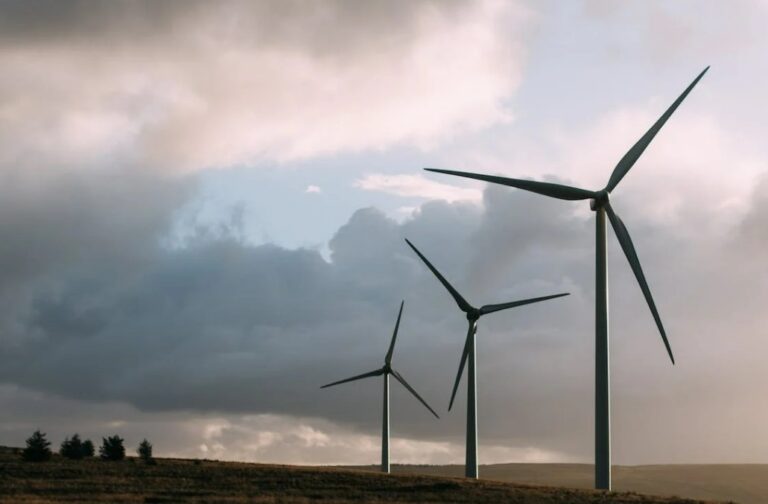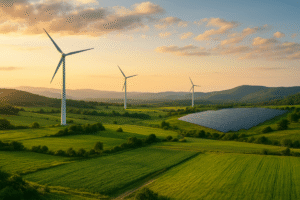The global energy transition is off track to meet the 1.5°C climate target and is exacerbated by the effects of war and rising energy prices. The preview of IRENA’s World Energy Transitions Outlook 2023, presented in Berlin a few days ago, explains that a quick turnaround is needed.
Thus implementing bold and transformative measures that reflect the urgency of the current situation to ensure the necessary transition. Which must also be supported by investment and predominantly based on renewables.
The report shows that progress has been made. Particularly in the area of renewables, which account for 40 per cent of global installed power generation and contribute an unprecedented 83 per cent of global energy by 2022.
Table of Contents
What is needed for the energy transition
Yet to meet the 1.5°C target, deployment levels need to increase from the current 3,000 gigawatts (GW) to over 10,000 GW in 2030. Thus averaging 1,000 GW per year.
Of course, not in all countries is the growth of renewables proceeding at the same pace. China, the European Union and the United States accounted for two-thirds of all new installations last year.
There are three pillars underpinning the transition and all of them require investment and new ways of cooperation between all actors in the supply chain. Namely, physical infrastructure, policy and regulatory instruments, and a well-trained workforce.
Investment in green technologies has grown but not enough
In 2022, global investment in energy transition technologies hit a new record high of USD 1.3 trillion. But this is wholly insufficient. Annual investment needs to more than quadruple to over USD 5 trillion to stay on course for 1.5°C.
By 2030, cumulative investments must amount to $44 trillion. With transition technologies accounting for 80 per cent of the total. Or $35 trillion, prioritising efficiency, electrification, grid expansion and flexibility.
The document states that as of today about 41% of the investments planned by 2050 are in fossil fuels. And by 2030 $1 trillion of these investments will have to be redirected to green technologies. This, to enable the 1.5°C target to be met.
But not only that. It is also necessary that investments are distributed more fairly. Less than 50 per cent of the world’s population last year benefited from 85 percent of global investments in renewable energy.
Read also: Morocco could potentially become a renewable energy hub for Europe: here is how












